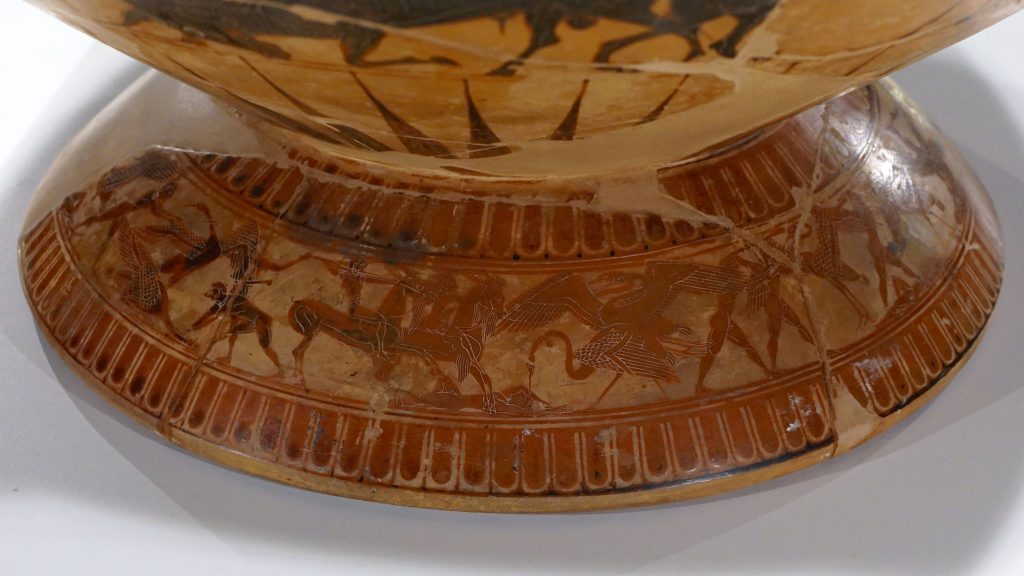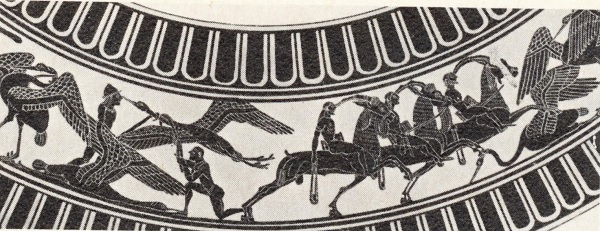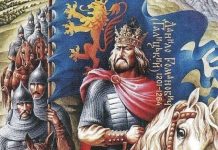Homer in the Iliad:
With shouts the Trojans, rushing from afar,
Proclaim their motions, and provoke the war
So when inclement winters vex the plain
With piercing frosts, or thick-descending rain,
To warmer seas the cranes embodied fly,
With noise, and order, through the midway sky;
To pigmy nations wounds and death they bring,
And all the war descends upon the wing…
(Iliad, 3.68-70, trans. Alexander Pope)
Aristotle in ‘History of Animals’ already in the 4th century B.C. wrote:
“Some creatures can make provision against change without stirring from their ordinary haunts; others migrate, quitting Pontus [Black Sea] and the cold countries after the autumnal equinox to avoid the approaching winter, and after the spring equinox migrating from warm lands to cool lands to avoid the coming heat. In some cases they migrate from places near at hand, in others they may be said to come from the ends of the world, as in the case of the crane; for these birds migrate from the steppes of Scythia to the marshlands south of Egypt where the Nile has its source. And it is here, by the way, that they are said to fight with the pygmies; and the story is not fabulous, but there is in reality a race of dwarfish men, and the horses are little in proportion, and the men live in caves underground… Of birds, the crane, as has been said, migrates from one end of the world to the other; they fly against the wind.” (Aristot. Hist. Anim. VIII, 12)
Two interesting observations come from the quote above. First, at least in the 4th century B.C., the steppes of Scythia were associated with the northern end of the world. Second, in ancient Greece, the territory of present-day Ukraine was known as one of the two destinations of cranes. (Thus the name of this site suddenly gets a historical perspective).
Interestingly, in Greek mythology, the crane was associated with god Apollo, and the “Cradle of Civilizations” book has some insights into the reasons why.
To Be Continued











